In part one of this mini-series, I discussed the importance of training and the first three courses I took at the A Girl & A Gun’s 11th annual National Conference held at Cameo Shooting and Education Complex in Grand Junction, CO on April 28th – 30th, 2023.
In part two, I will share my experiences in the remaining four courses I took at the National Conference. As I mentioned in part one, getting adequate training is important for any gun owner. Good training doesn’t always have to be gun related though. You can build and improve skills in a variety of ways and in a variety of classes.
Beginning Archery
I have wanted to learn how to shoot a bow for a while. I knew I wanted to take the Beginning Archery course when I saw it listed in the course catalog. Archery is a great sport for all ages, and it isn’t very expensive, and I find archery very interesting.
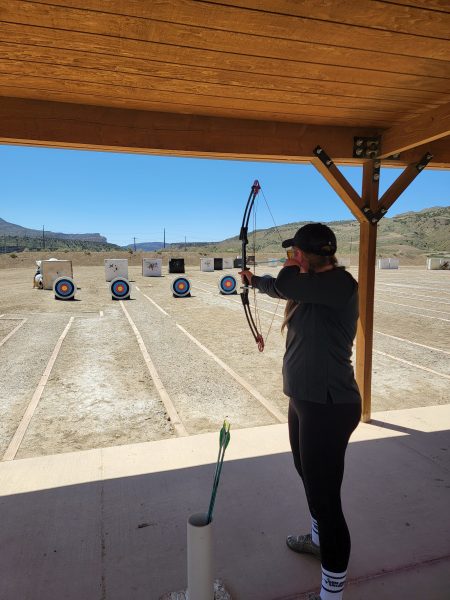
Vallerie and Kenny were my instructors, and they’re volunteers at Cameo. They did a great job explaining the differences between longbows, recurve bows and compound bows. We also reviewed the parts of an arrow. We also reviewed the basic steps of shooting archery – stance/shooting position, nock the arrow, grip, pre-draw, draw, shot setup, aim, release, follow through, and reflect.

After our review, we stepped onto the line and practiced the training we learned. This was slightly frustrating. I thought I would be a “natural”. That was not the case at all. But I still had a great time learning a new hobby, and plan on investing in a target compound bow.
Bushcraft Basics
Tina Martin was the instructor for the Bushcraft Basics course. She is a former scientist and wetland biologist and is an environmental specialist for the state of North Carolina Coastal Management. She is the owner of Shield Maiden Defense, is a firearms instructor, and is an avid 3-gun and precision rifle competitor.
If you are unfamiliar with the term “bushcraft”, it is skill and practice to survive in a natural environment. Bushcraft focuses on human life necessities (shelter, water, food, and fire), and how to obtain those necessities out in the wild.
During this class, we learned how to build a lean-to shelter with paracord and materials from our environment. We also learned about the variety of water storage and purification systems. And it wouldn’t be a bushcraft course if we didn’t learn how to use flint and steel to start a fire. It is important to know how to start a fire without a lighter or matches.
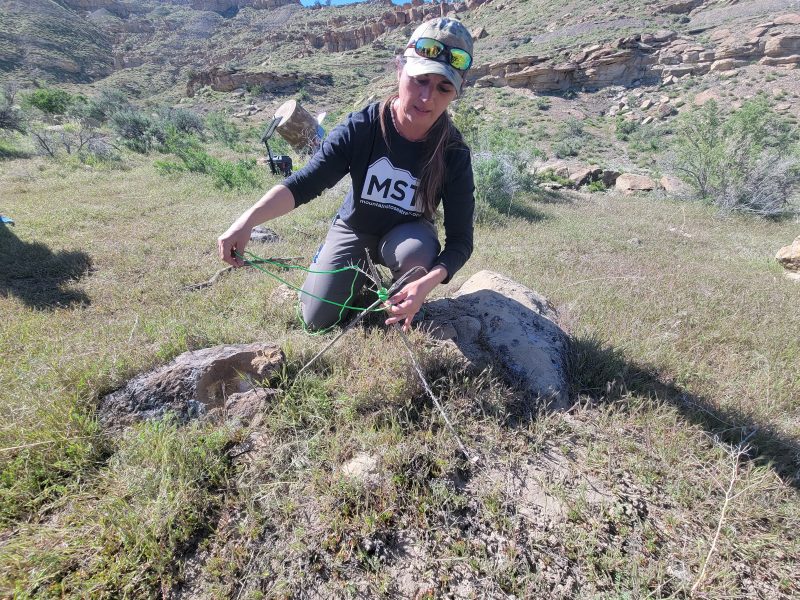
Some survival tips I learned are: fire keeps predators away, reuse Crown Royale bags as storage bags for your bushcraft materials, keep a tourniquet in your kitchen, have a medical kit, water purification system, reusable water bottle, tarp, and blanket in your car, add a curved needle to your sewing kit and keep it with your medical kit, consider supplies for small children and dogs, and if you’re prone to sunburn keep at least a UV rated shirt in your vehicle.
Crush n’ Clays
This class was a very fun class! My mom and I took it together, and neither of us have a lot of experience shooting shotguns. We learned a lot from our instructor, Craig McMichael. He taught us the fundamentals of shooting sporting clays. We learned how our feet, knees, and waist should be to properly handle the recoil of a shotgun. We also learned where our cheek should rest on the stock of the gun to have a proper sight picture. These fundamentals allowed us to accurately crush clays.
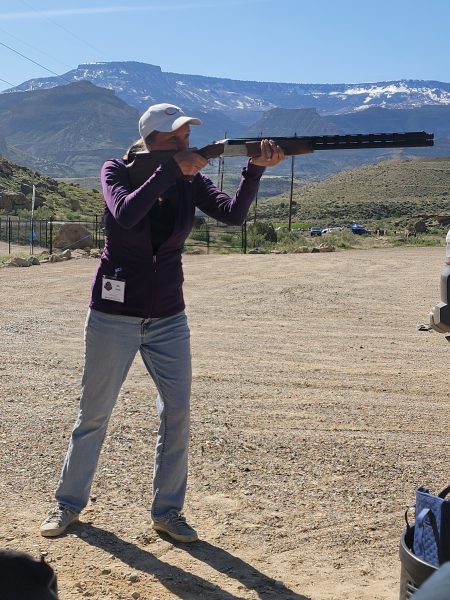
Craig taught us not to focus on the bead at the end of the barrel, but instead focus on the moving clay target and let instinct guide us on when to pull the trigger. There are certain points during the clay presentation that are pertinent to understand as well. Those points are the break point – when the target gets slow and fat, the hold point – where you hold the gun, and the focal point – where you see the target the best.

If you’re considering using a shotgun for home defense, you may want to consider giving sporting clays a try. Learning how to properly handle a shotgun’s recoil will help you better handle it in a self-defense situation.
Anti-Ambush Techniques & Tactics
Russ Huth of Team One Network taught us the techniques and tactics for handling an ambush. You can usually avoid an ambush by always being situationally aware. If you walk out of a store and notice a shady individual standing by your car, avoid confrontation and assess the situation. Understanding the differences between cover and concealment will also aid you in avoiding an ambush.

Cover is a solid material that will stop bullets and protects you from gunfire. Examples of cover would be steel, concrete, rock, brick, and large appliances.
Concealment conceals you from view but wouldn’t stop bullets. Examples of concealment would be bushes, furniture, shadows, and window blinds.
In an ambush situation, use cover and concealment to your benefit. Work the angles to gain the advantage. You must be prepared and ready to engage the threat if the ambush continues.
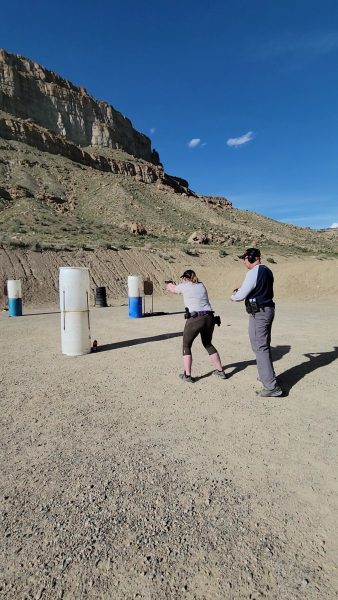
During live-fire or dry-fire training, put some barrels (empty 50 gal drums), or garbage cans, up to represent barricades that could be used to gain the advantage by concealing yourself behind them. Learn to shoot in different positions like kneeling or laying on your back. Please practice all drills without live ammunition first. Once you’re comfortable with the drill, transition to using live ammunition. Contact a local firearms instructor if you are uncomfortable running drills on your own. Most will be happy to help you!
Recap
The A Girl & A Gun annual National Conference provides women with the opportunity to train with some of the best instructors from across the nation all in one place during the 3-day event. I left the event inspired and ready to share what I learned with my A Girl & A Gun Chapter.
The various courses I attended helped me to be a more confident firearms owner. Although some of the courses weren’t directly related to firearms, I still found substantial value in those classes. Never settle for mediocrity. Seek the proper training and amplify your expertise in the variety of tools available to you.
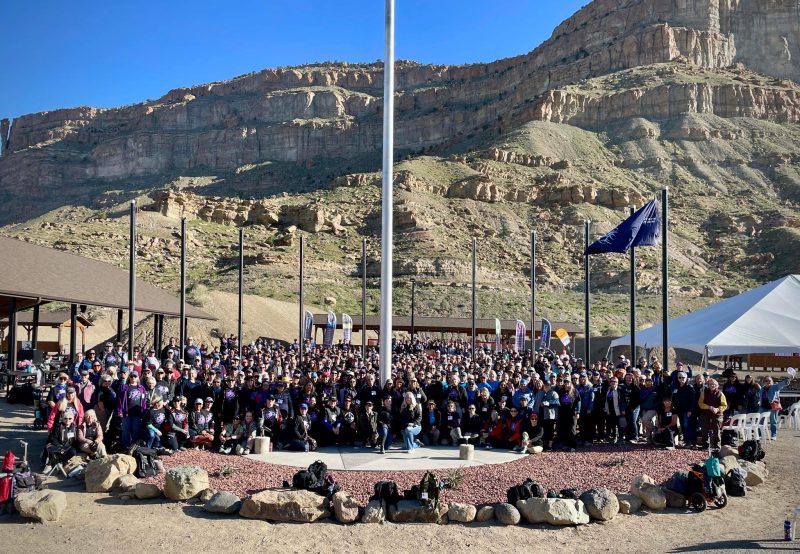
ABOUT THE AUTHOR:
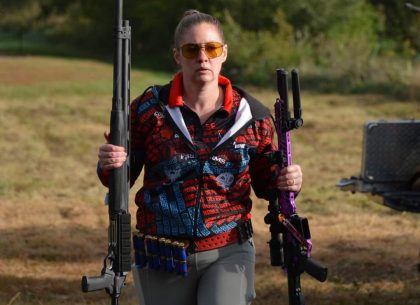
Meaghan Roble is an anti-gunner turned gun activist. She is a USCCA-certified instructor and an NRA-certified range safety officer. Meaghan is also an A Girl & A Gun Chapter Facilitator. She owns her own Firearms Training & Education business, Roble Defense, and enjoys sharing her knowledge and experience with others.
Want more content from Meaghan? Follow her on social media. Facebook – @mroble16, Instagram – @mroble16, and YouTube – @M1ssM3gO
![]() You may also enjoy these popular articles:
You may also enjoy these popular articles:
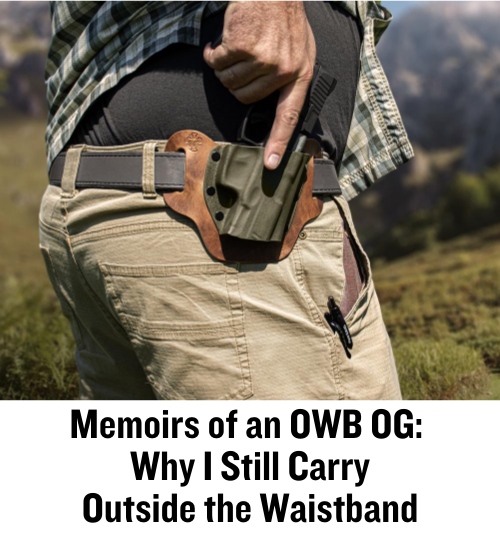
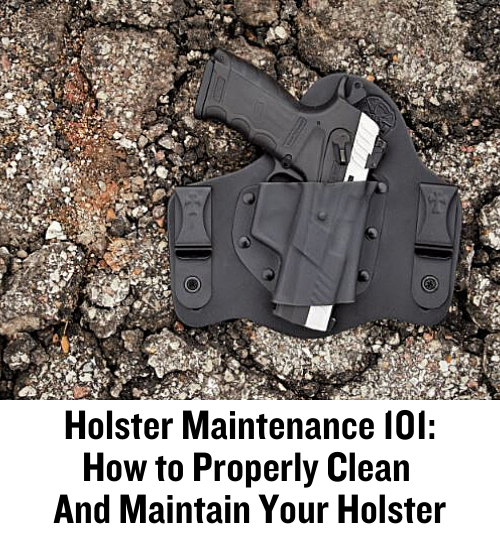
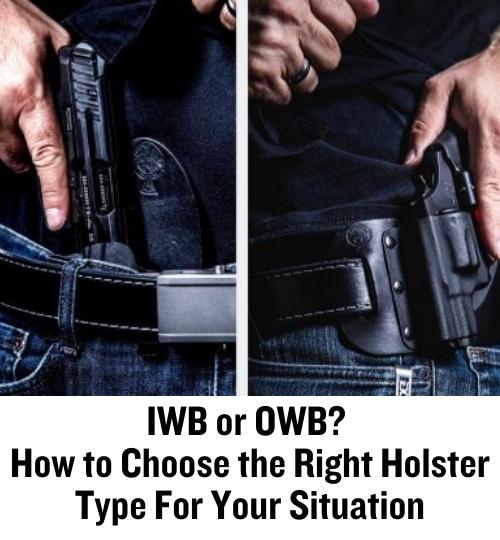
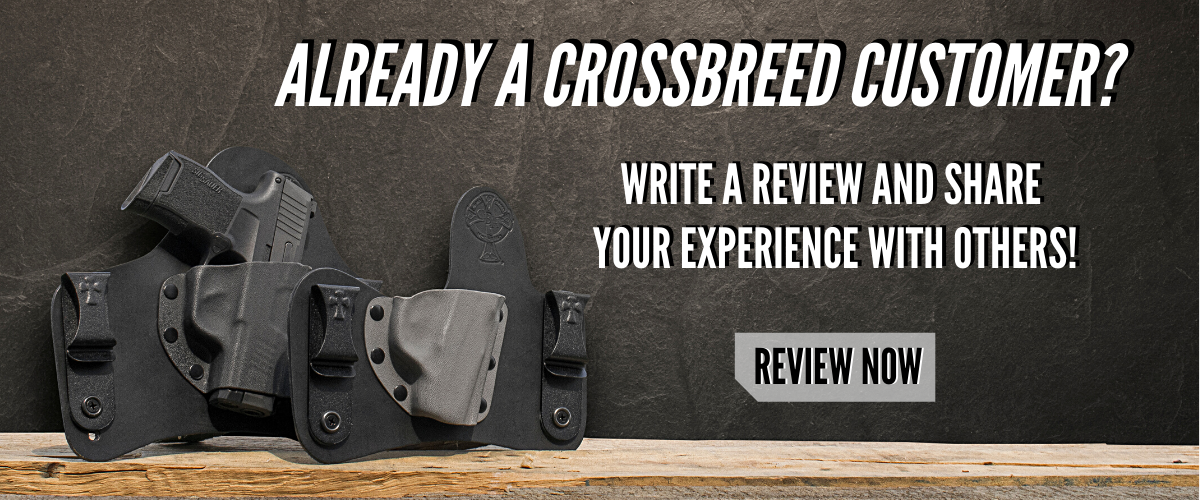
©MTC Holsters, LLC and CrossBreed Holsters Blog, 2023.
Unauthorized use and/or duplication of this material without express and written permission from this site’s author and/or owner is strictly prohibited. Excerpts and links may be used, provided that full and clear credit is given to the CrossBreed Blog with appropriate and specific direction to the original content.
![]()

